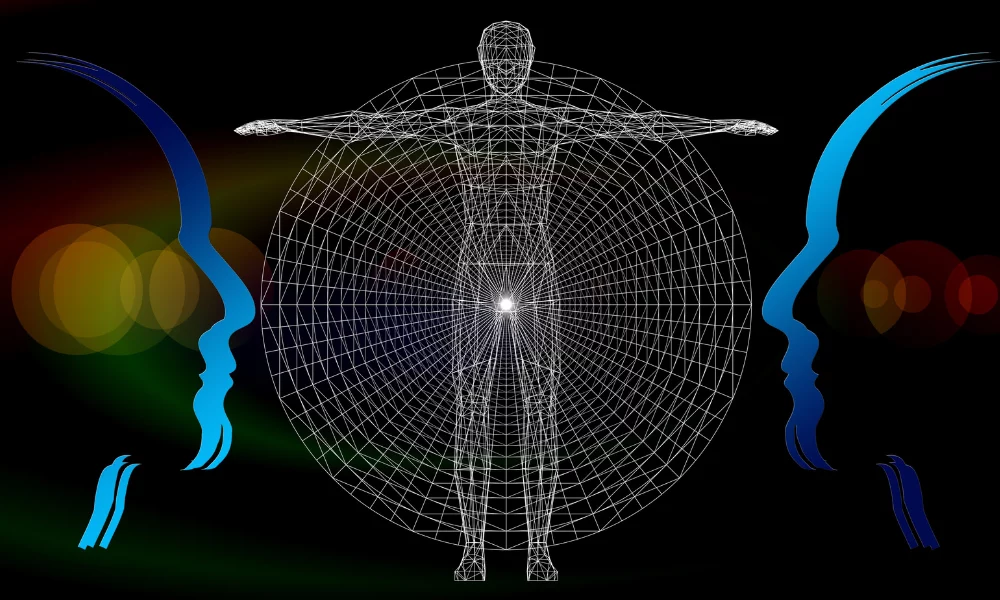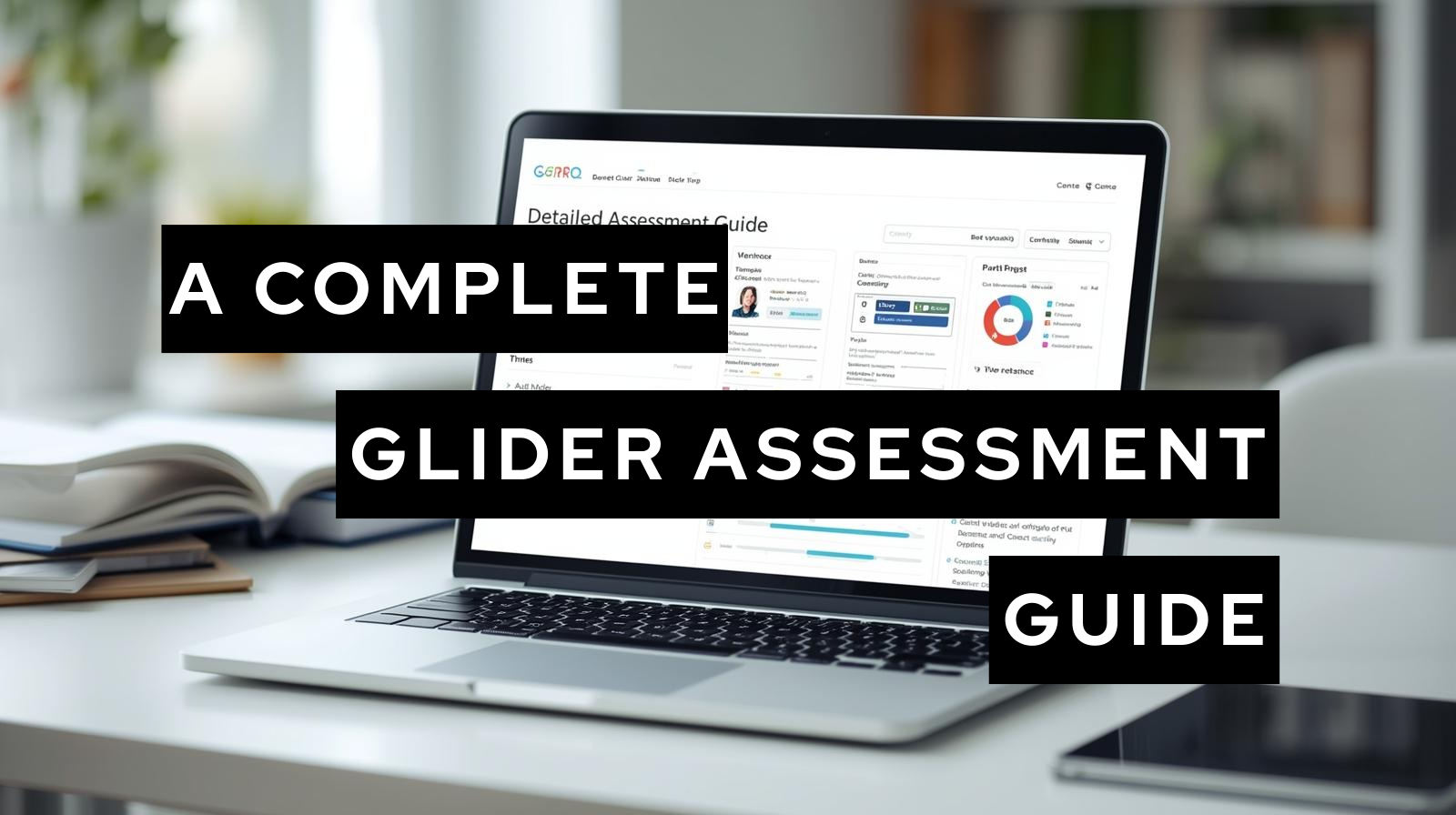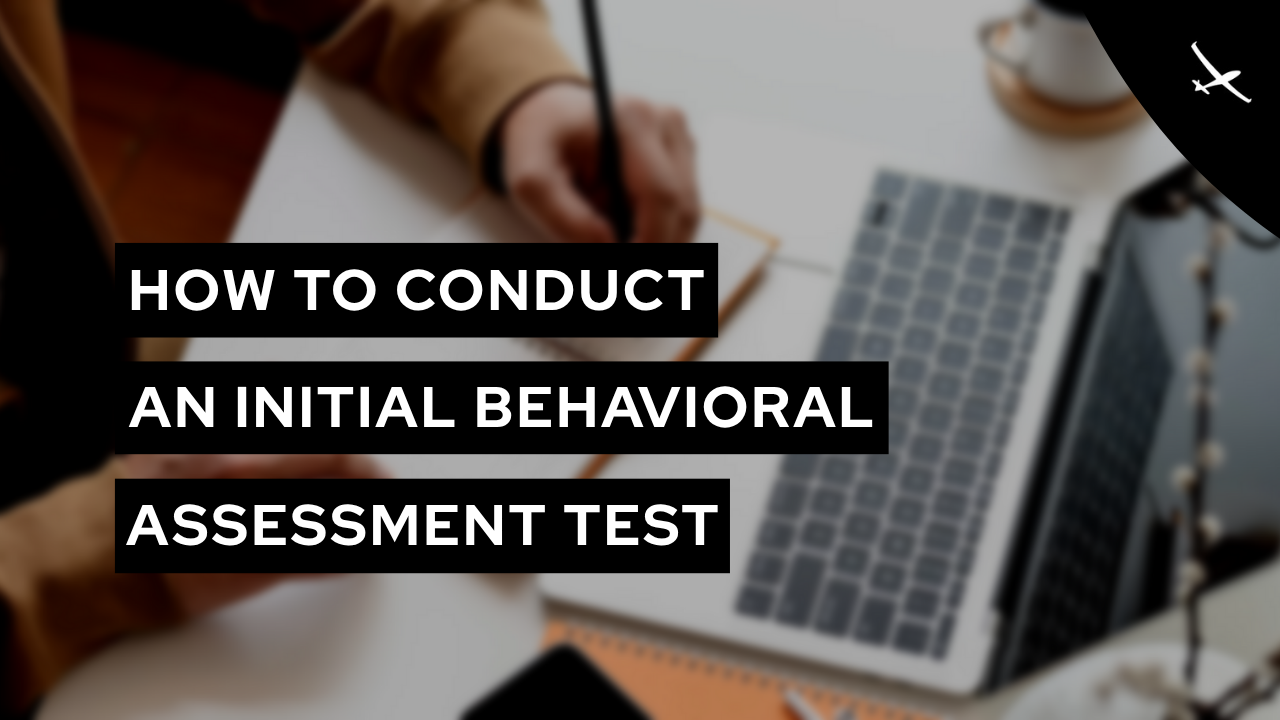
Make talent quality your leading analytic with skills-based hiring solution.

Do you know measuring a candidate’s cognitive abilities is one of the critical candidate assessment tools? A behavioral assessment test is a psychological tool used to observe, describe, explain, and predict behavior. This is done to measure and calculate the various factors of behavior that measure a candidate’s cognitive abilities. Hence, recruiters must never get carried away by a resume alone.
As one of the candidate assessment tools, a behavioral test is done to portray the mindset of the person under study, to depict what he does and why he does it, especially in his work environment. Mainly, behavioral assessment is conducted through functional analysis. Anomalies related to hyperactivity, aggression, low attention span, peer relationship problems, etc., are all studied through behavioral assessments.
In the words of Kyle Lagunas, Head of Talent Attraction at General Motors, “Behavioral assessment is a systematic evaluation of a candidate’s personality profiles used to gauge the viability of a candidate based on things like culture fit, work style, and potential.”
Functional Behavioral Assessment (FBA) is carried out to evaluate the ‘why’, ‘what’, and ‘how’ of the behavioral changes of individuals. It is a part of the candidate assessment tools, that helps determine the underlying characteristics of behavior. FBA is done to clarify the behavioral changes that remain inaccessible to the normal eye. A specialist conducts a function behavioural assessment test by putting the individual in different situations to study the changes according to the situation. This type of assessment may also include background checks, family interviews, etc.
Companies all around the world carry out behavioral assessments to make better hiring processes, especially during the interview phase to weed out the most appropriate candidate. Interviewers estimate the candidate’s problem-solving skills, cultural fitness, strengths, and weaknesses, etc., through different behavioral candidate assessment tools and estimate their influence on the work environment.
Behavioral assessments offer valuable insights. Resolving the behavioral issue is the main agenda behind these kinds of candidate assessment tools. Reaching the base of the behavior and rectifying any anomaly that causes the behavior to change is the basic purpose of such an assessment.
Candidates and their behavior are the two faces of the same coin. That’s why candidate assessment tools evaluate a great deal of behavior types. Broadly, they are divided into 5 types:
There are 6 functions of behavior which in turn are used in candidate assessment tools and evaluations. They are :
These functions of behavior are the bases of the behavioral assessment tests. A behavioral specialist identifies each function with the help of the ABC of candidate assessment tools. This theory defines the 3 pivotal parts of behavior and helps identify the phases and changes.
Psychologists have divided a person’s behavior or personality into 5 traits. Popularly called the Big Five, they are abbreviated into OCEAN or CANOE. These 5 traits are:
According to Hans Eysenck’s “Theory of Personality”, neuroticism is interlinked with a low tolerance for stressful situations.
Hiring a candidate requires a lot of time and dedication. A wrong candidate means a wrong investment for the company. Along with the educational and technical skills, a candidate should have the right set of mind. The candidate should be an ideal person who can shape his character in the working environment of the company and can generate a healthy relationship with his colleagues.
Behavioral assessment helps in determining the personality of the candidates so that the right talent quality can be selected for the company. Thus the benefits of behavioral assessment tests are multifold. That’s why they are an integral part of candidate assessment tools.
Psychologists execute various techniques to evaluate the personality of a person. Some of those common techniques have also made their way into candidate assessment tools:
Behavioral assessment tests help in determining the personality of a person. As an integral part of the candidate assessment tools, it tailors the characteristics of an individual and the range of traits he/she possesses. Can Machine Learning measure a candidate’s cognitive ability? YES!
For a company, behavioral assessment tests are a must as it would help in the selection of suitable candidates. To learn more about Glider AI’s candidate assessment tools and how they help you find the right talent, click here.

The Glider assessment suite gives hiring teams a structured and reliable way to evaluate skills across technical, functional, behavioral, and coding domains. With a focus on accuracy and fairness, Glider AI helps recruiters identify talent with confidence while creating a clear and supportive experience for candidates. This guide outlines each part of the Glider assessment […]

Engineering roles stay open longer than almost any other position. You know the pattern: a req opens, applications flood in, resumes get reviewed, phone screens happen, and then the pipeline stalls. Candidates who looked strong on paper can’t solve basic problems. Others talk a good game but can’t write functional code. By the time you […]

Hiring behavioral consultants can be challenging. Organizations often rely on resumes and interviews to gauge skills, but these methods rarely reveal how a candidate will perform in real-world scenarios. Misjudging traits like problem-solving, adaptability, and interpersonal skills can lead to mis-hires, wasted training efforts, and lower team productivity. How to Conduct a Initial Behavioral Assessment […]